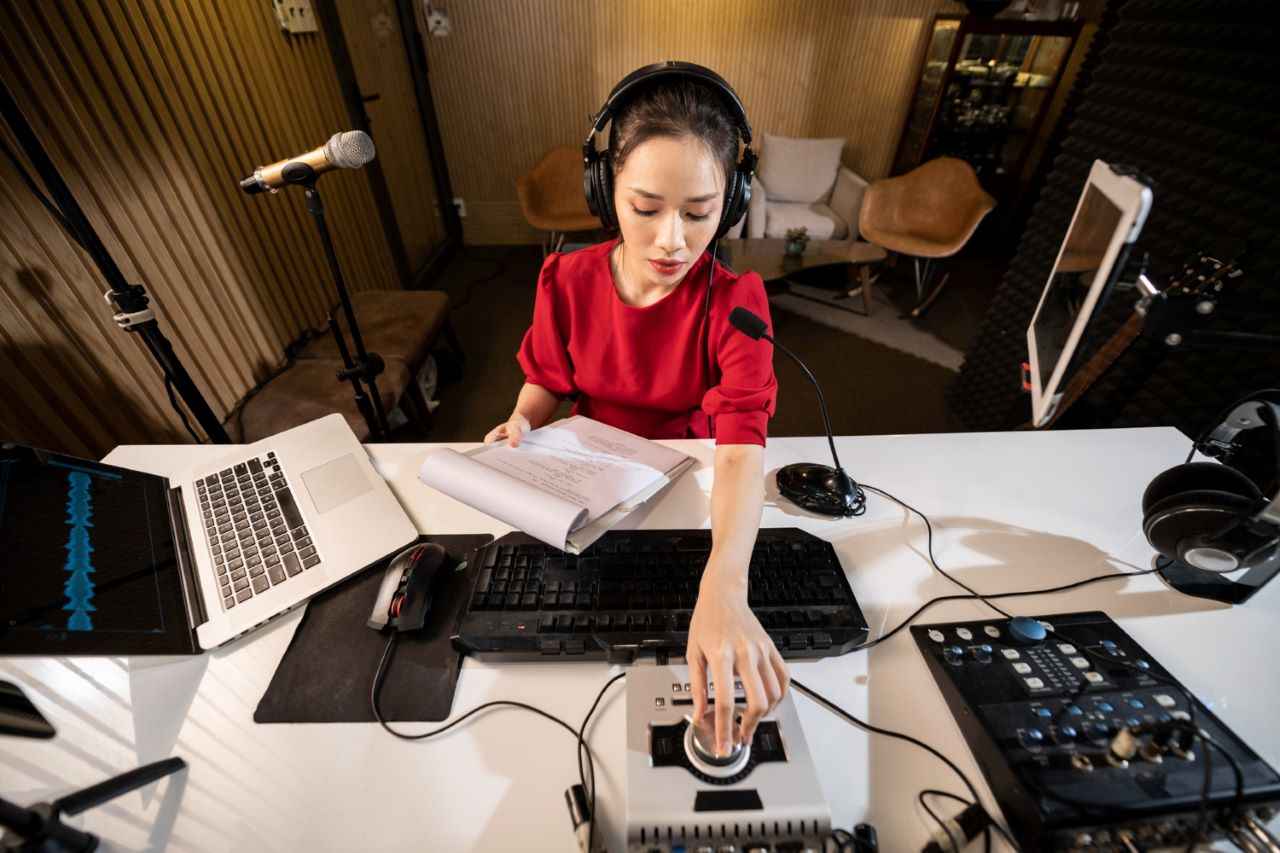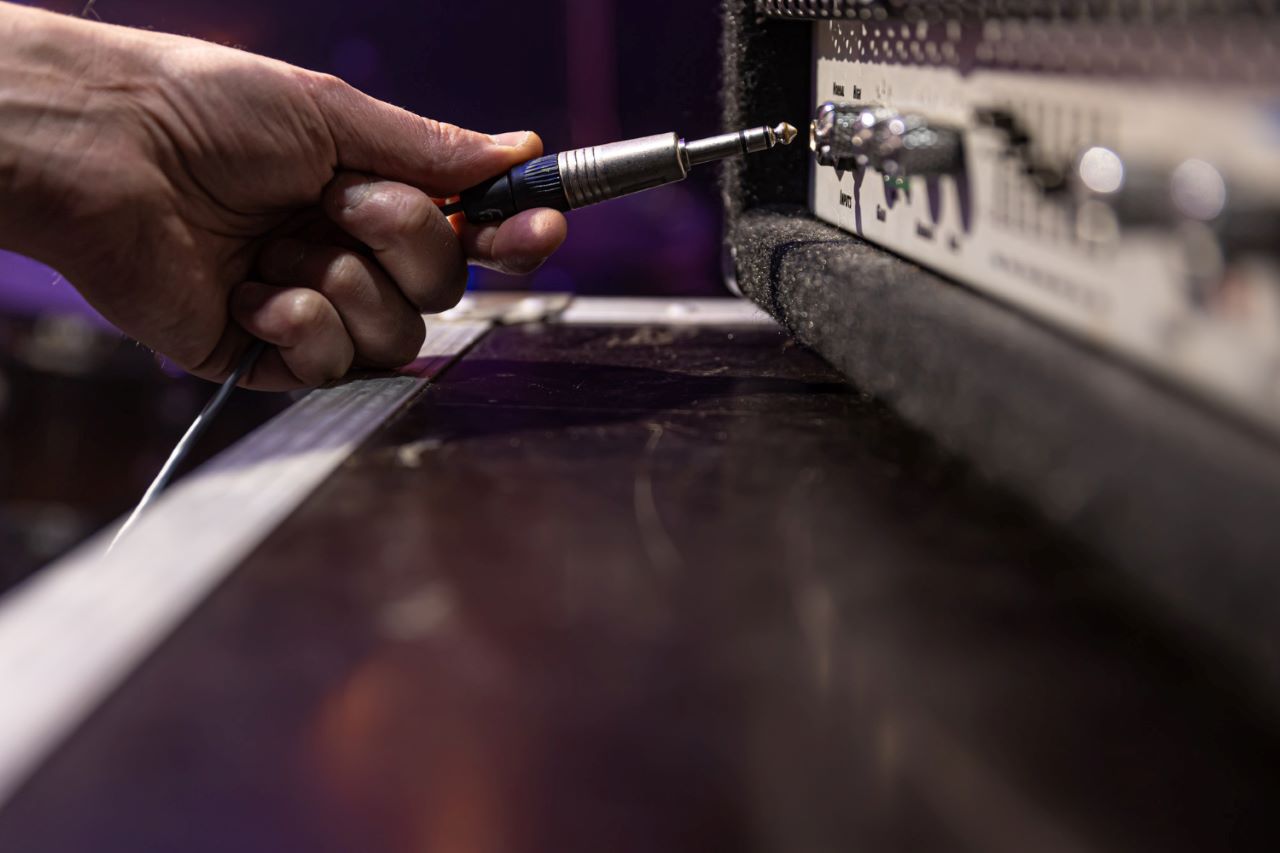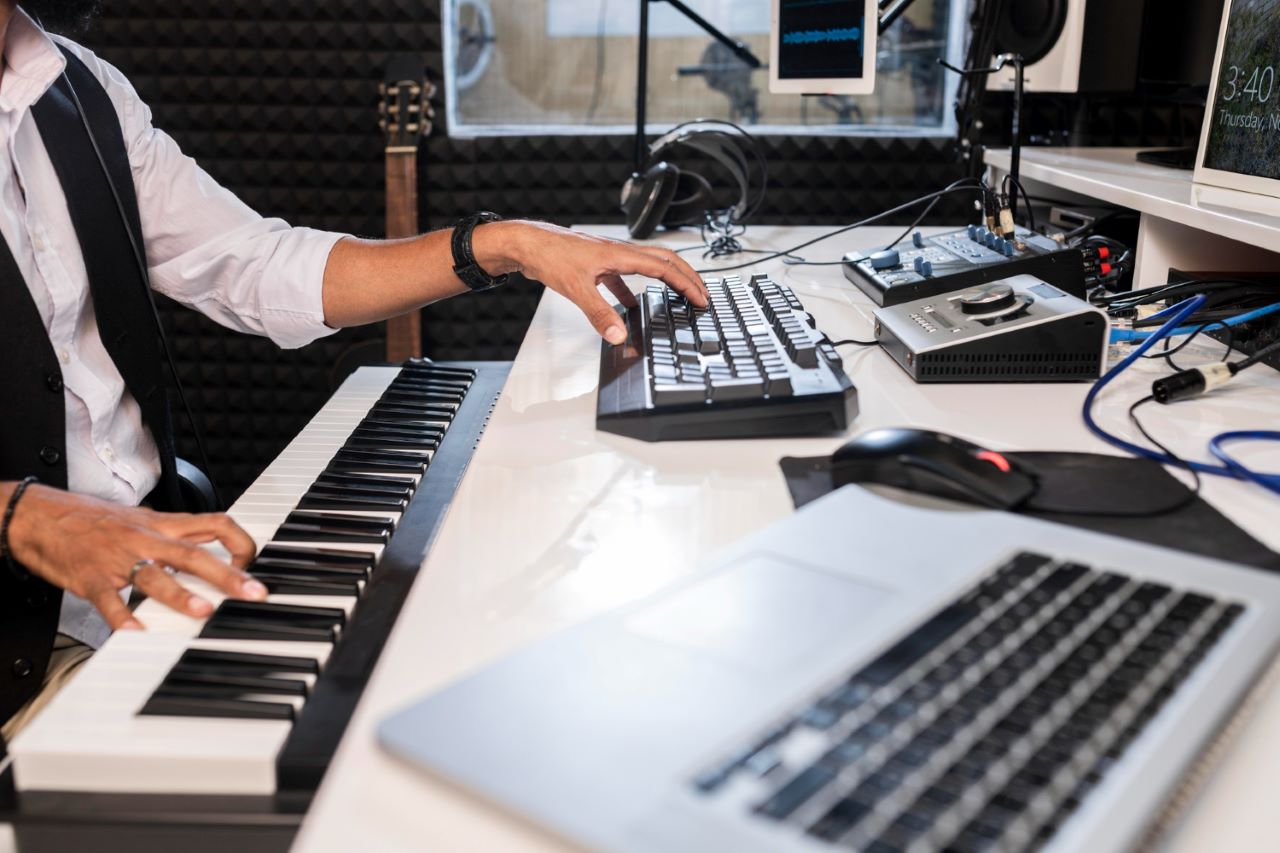You’ve double-checked your USB connections, fiddled with some knobs, and maybe even restarted your computer, but the stubborn piece of gear refuses to cooperate. Before you let out a sigh of defeat, remember that most problems have solutions, and your audio interface issue is likely one of them.19
In this guide, we’ll walk you through a systematic troubleshooting process, addressing the most common culprits that could be causing your audio interface to act up. From hardware hitches to software snags, we’ll cover the practical steps you can take to diagnose and fix the problem. We’ll also share insights from real-life scenarios, tips from seasoned audio professionals, and guidance on when it might be time to seek help from technical support or consider a replacement.
Remember, the goal here is not just to get your audio interface back up and running but to arm you with the knowledge to prevent future disruptions. So, let’s start by looking at some of the hardware-related problems that might be standing between you and your next masterpiece.
Related: Best Podcast Mixers
Common Hardware-Related Problems And Solutions
When it comes to audio interfaces, hardware issues can often be the silent culprits behind a non-functioning setup. These problems can range from the blatantly obvious to the subtly complex. Before diving into the depths of software troubleshooting, it’s crucial to ensure that the physical components of your audio setup are not at fault.
After all, the most sophisticated software configurations are futile if the hardware is compromised. Let’s explore some of the most common hardware-related issues and the practical steps you can take to resolve them.
Faulty Cables And Ports
It’s a simple truth that often gets overlooked in the heat of the moment: cables and ports are the lifelines of your audio interface. A single faulty cable or a damaged port can bring your entire audio production to a standstill. Start by examining every USB cable in your setup. Are they securely connected? Do they show any signs of wear and tear, such as fraying or kinks? Sometimes, the issue is as simple as a cable that’s not fully plugged in or has become quietly unplugged.
If the connections seem solid, try swapping out cables one by one with spares that you know are in good working order. This process of elimination can quickly pinpoint a faulty cable. Similarly, check the ports on your audio interface and computer. Dust and debris can accumulate and interfere with the connections. Gently clean the ports with a can of compressed air and carefully re-insert the cables.
For those using USB connection, Thunderbolt, or FireWire connections, remember that port compatibility is key. An older interface might not communicate well with a new computer port and vice versa. Power Adapter can sometimes solve this problem, but they can also introduce new issues. Always aim for a direct connection with high-quality cables and ports that match your equipment’s specifications.
Power Supply Issues

Image by Freepik
An audio interface that won’t power on or randomly shuts off can lead to a quick onset of panic. Before you envision costly repairs or replacements, take a moment to assess the power supply. Is your interface receiving the correct voltage? Are you using a power supply unit (PSU) that came with the interface, or have you replaced it with a third-party option? Using an incorrect PSU can lead to power inconsistencies and even damage the unit.
If you’re using a USB-powered interface, the USB ports itself could be the issue. Some ports do not provide enough power, particularly if they are split between multiple audio devices. If possible, connect your interface to a powered USB hub or directly to a USB port on your computer that you know delivers adequate power.
For interfaces with external power supplies, check the connection at both ends and ensure that the power cable is intact and properly seated. If you have a multimeter, you can check the output voltage of the PSU to ensure it matches the required specifications for your interface. If the power supply is the issue, replacing it with a compatible one is often a simple and cost-effective solution.
Physical Damage To The Interface
Physical damage to your audio interface can be a heart-sinking discovery. Whether it’s from an accidental drop, liquid spill, or just the wear and tear of regular use, physical damage can have a range of impacts on functionality. Start by inspecting the exterior of the interface for any obvious signs of damage. Are the knobs and switches operating smoothly, or do they feel loose or stuck? Is there any visible damage to the casing that could indicate internal issues?
If the interface has been exposed to liquid, it’s important to power it off immediately and disconnect it. Allow it to dry out completely before attempting to power it on again. In cases of severe damage, the internal components like the circuit board or connectors may be affected, which often requires professional repair or replacement.
Even if the interface appears physically intact, internal components can become loose or disconnected over time, especially if the interface is frequently transported. If you’re comfortable with it and the interface is no longer under warranty, you can carefully open the casing to inspect the internal connections. However, this should be done with caution, as it can void warranties and potentially cause further damage if not done properly.
Software And Driver Troubles

Image by pvproductions on Freepik
Navigating the digital landscape of audio production can sometimes feel like you’re trying to solve a puzzle with pieces that don’t quite fit. When your audio interface refuses to work, it’s often a software or driver issue that’s disrupting the harmony between your hardware and computer. Software problems can be elusive, hiding behind error messages or, even more perplexing, no indication at all.
Let’s peel back the layers of common software-related issues and find ways to bring your audio interface back in tune with your system.
Outdated Or Corrupted Drivers
Drivers are the translators between your audio interface and the computer operating system. When they’re out of date or corrupted, communication breaks down. This can result in your interface being unrecognized, functioning erratically, or not working at all. The first step is to visit the manufacturer’s website and check for the latest driver updates. Installing the latest version can often resolve these issues.
If you suspect a driver is corrupted, the solution is to uninstall and then reinstall it. On Windows, you can do this through the audio Device Manager, and on macOS, you may need to use a dedicated uninstaller provided by the manufacturer or remove it manually. After removal, a fresh install of the latest driver can often clear up the issues you’re experiencing.
DAW Compatibility And Configuration
Digital Audio Workstations (DAW) are the heart of music production, and each one has its own way of communicating with audio interfaces. Sometimes, the problem isn’t with the interface or its drivers but with how the DAW is configured correctly to recognize and use the device. Ensure that your DAW is up to date, and check the audio settings within the software.
The interface should be selected as both the input and output device. If it’s not listed, or if you’re getting an error message, it could be a sign that your DAW needs to be reconfigured or that there’s a compatibility issue.
Also, consider the audio buffer size settings. If set too low, it can cause crackles and pops; if set too high, it can create latency. Adjusting these settings to find the right balance for your system can sometimes resolve performance issues.
Firmware Updates And Stability

Image by Freepik
Firmware is the low-level software that runs on your audio interface itself. Manufacturers release firmware updates to fix bugs, add features, or improve stability. If your interface is behaving unpredictably, check for firmware updates. These updates are often found on the manufacturer’s website and can be installed following their instructions.
However, proceed with caution: updating firmware can be a delicate process, and if done incorrectly, it can cause more problems than it solves. Ensure that your interface is connected to a reliable power source and that your computer won’t go to sleep or interrupt the update process. If you’re not confident in performing the update yourself, it might be worth seeking professional help.
Conclusion
Troubleshooting an audio interface that’s refusing to cooperate can be a test of patience, but it’s often a hurdle that can be overcome with a systematic approach. By methodically ruling out hardware issues, ensuring your drivers are up to date and properly installed, and verifying that your DAW and firmware are in harmony with your interface, you can often solve the mystery without resorting to professional intervention.
Remember, the key to a smooth-running audio setup is regular maintenance and updates. Keep a close eye on the health of your cables, the stability of your power supply, and the compatibility of your software. With this guide in hand, you’re equipped not just to fix current issues but to prevent future ones, keeping the focus on your creativity and productivity.
In the end, your audio interface is more than just a piece of equipment; it’s a gateway to your artistic expression. Treat it with care, and it will serve you well in your musical endeavors.